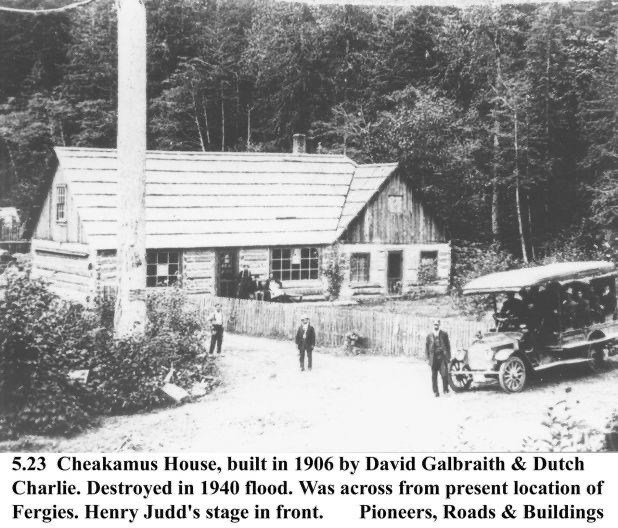There’s no doubt about it, times are tough and stressful. In addition to the unceasing worry about health, many in Squamish are struggling with a reduction of income, or loss of their job. Some may lose the roof over their head.
The list of suffering goes on.
Everyone has been impacted by COVID-19.
Add to that our unique collective anxiety about the Sea to Sky Gondola being cut again and now a provincial election to follow.
Good grief.
For some in town, this era is another in a long line of challenges; for others, this is the first major challenging time of their lives.
Wherever you are on that continuum, much can be learned not just from the suffering others have survived around the world, or in past world wars, but from the people of the past right here in Squamish. The Squamish Public Library is a great place to find plenty of local history about people who lived in the shadow of the same Stawamus Chief monolith we look up at and climb today. Sometimes it helps to imagine the lives of real people who came before us so we can reflect on our own resilience, though it is not as often tested these days.
Chief Swahsh (Jimmy Jimmy after whom a local road, mountain and slough are named) had trap lines throughout this region.
He and other Coast Salish original inhabitants of this land overcame obstacles of nature and man that we can’t likely fathom. Swahsh was reportedly the lone survivor of a raid on his fishing party when he was a boy and, though he was scarred for life by the virus, he lived through the 1862 smallpox epidemic, which claimed the lives of thousands of others. He apparently lived to 100.
(Wonder what he would have thought of those who today don’t like the inconvenience of having to wear a mask to protect others?)
In transcribed interviews with Squamish settler Mildred MacDonald, (Again found at the Squamish Library) she talks breezily of day-to-day life in Squamish from 1900 to 1930 that would be arduous for most of us. Her father was a trapper and her mother earned extra money cleaning sheets — 25¢ per sheet — with a boiling pot of water from the river.
MacDonald could only attend school until Grade 8; then she set out to work as a housekeeper.
(And we think our teens have it rough!)
Fires levelled buildings to the ground, like the Bracken Arms Hotel in 1914, shocking the patrons and residents alike.
The 1921 flood literally took out local’s houses, as the Mamquam River “ravaged, cutting a new bed through to Squamish,” according to A Centennial Commentary Upon the Early Days of Squamish published in 1958. Another flood in 1940 swept away more homes — for some, likely for the second time in their lives.
If things seem unbearably bleak right now, take heart. Squamish folks have proven their mettle time and time again.
Chances are we will get through these times, too


.png;w=120;h=80;mode=crop)
